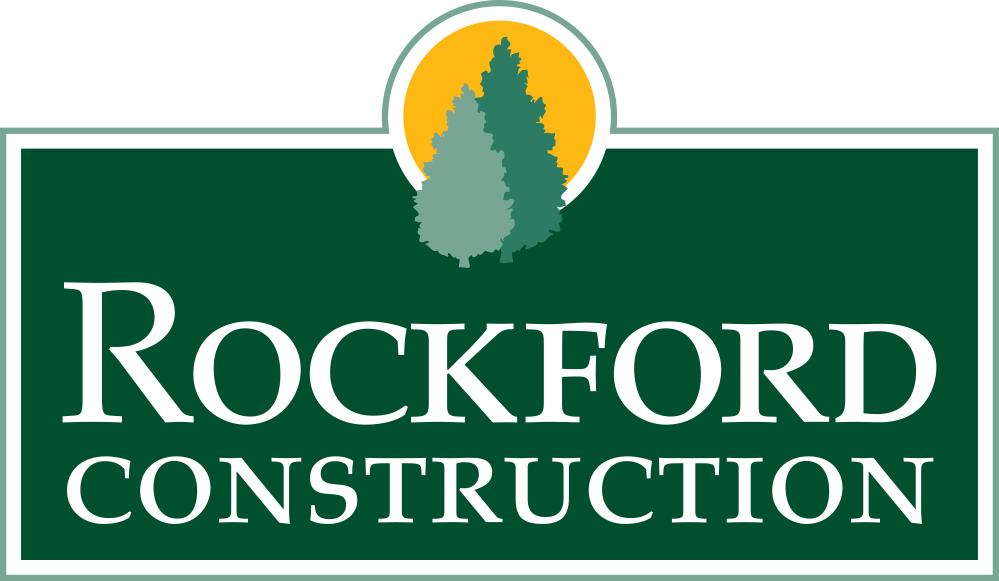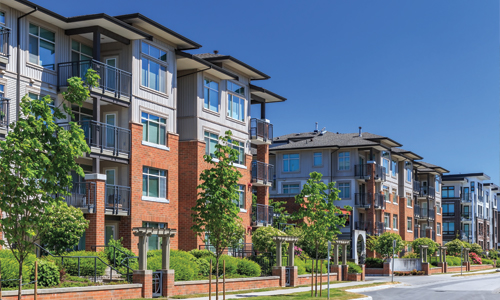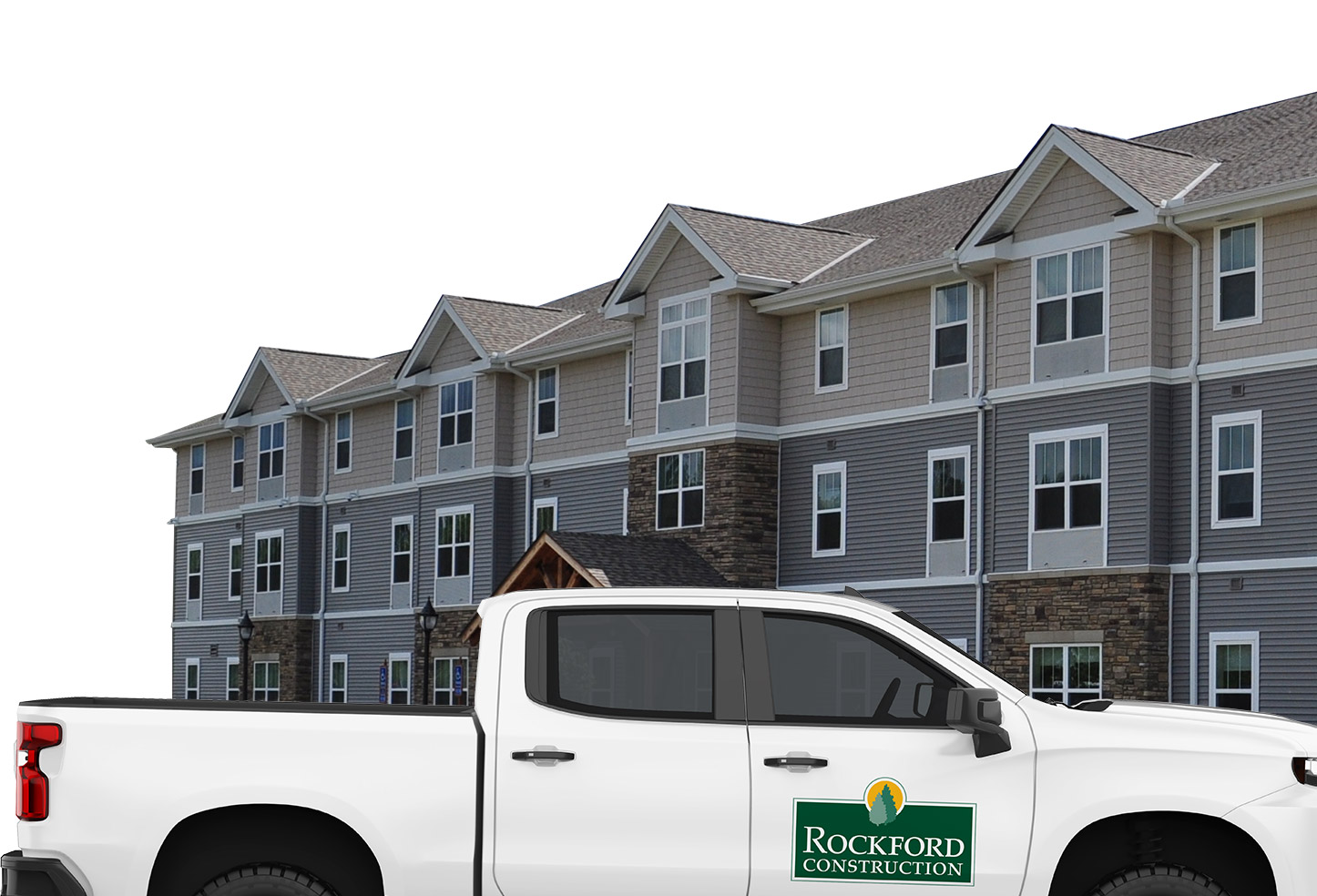There is no doubt that there is a real shift in the US housing market. People are buying houses faster than we can build them, so builders and home buyers alike are turning to house structures that can fit more people under one roof. As an investor what makes more sense? Continue to invest in the single-family market that you know, or dive into the growing world of multi-family investing?
Today we will explore the future of single-family vs. multi-family living and assess where the market might be going.
What is a single-family home?
A single-family home is a traditional house you would see in a neighborhood in any suburb of a city. One family lives under one roof. The owner alone is responsible for maintaining the property and structure.
We all know multifamily housing is on the rise. It’s popping up everywhere and for good reason – it’s a cost-effective place to live if you’re not ready to commit to hanging on to a single-family home for at least a few years.
What is a multi-family home?
A multi-family home is a structure built with multiple living units. These units share common requirements such as roofing and plumbing in order to save on construction, maintenance, and land costs.
The rise in demand for multifamily housing is great for investors. It gives investors the ability to build new multi-family complexes with confidence knowing they will be able to fill units to capacity without much effort.
But is the multifamily surge going to stick? Here is our look at why multifamily might be the new norm.
Multi Family Vs. Single-Family Housing
If you invest in a single-family home as a rental property, your investment is only producing one source of revenue. You have one family paying rent to live in your one single-family home.
Compare this scenario to if you invested in a multi family residential building with many units. In this case, you have multiple sources of income. Now, you may be thinking, ‘Do more sources of income mean more money?’
The answer is definitely not straightforward; each situation is unique. The real question should be about diversification and efficiency.
Building Efficiency
In general, the premium put on single-family homes is roughly 20% more than the multi-family counterpart. Meaning rent is 20% more for the same square footage on a single-family home vs. a multi-family apartment. After all, there are some serious advantages such as having a private yard.
From an investment perspective, this means you can collect more money for maintaining the same amount of property, however, things get tricky when you compare this to the efficiency of building and maintaining multifamily units.
Multifamily units share common building resources such as walls, foundation, stairwells, plumbing, and the building roof. The reuse of these same resources ends up meaning that you save on cost per square foot both when building and maintaining.
On average savings can be 30% or more on price per square foot building multifamily vs single-family rentals. So where does this leave us?
The benefits don’t end there.
Rental Diversification
Multifamily housing comes with a lower price point for tenants compared to single-family homes. This is an advantage because you can offer more units to a wider selection of potential tenants. For the same investment as a single-family home, you will have more rental units.
This means you’re essentially not putting all of your eggs in one basket. You’re not relying on one or two tenants to cover the mortgage payments for your rental properties – you are spreading the risk over 6 or more units. Ultimately multi-family investing helps mitigate risk in this way.
At the end of the day, multi-family housing is financially better for investors. You get more bang for your buck and can protect against the risk of having to come out of pocket for your investment’s mortgage payments.
Multi-Family Housing Growth
If you are interested in pursuing rental properties, then you may have heard of ‘growing your rental portfolio.’ A rental portfolio is a collection of all your rental properties. For your rental portfolio, it doesn’t matter so much how many rental properties you have under your belt, rather the value of your rental properties. If you want to grow your rental portfolio value, multi family properties are the way to go.
It all comes down to the value of your rental portfolio. More value in your portfolio equals more assets you can leverage for credit or rental income.
More rental income obviously means you have the cash flow for your operation. More security for credit gives you more opportunity to pressure better deals when they arise.
With single-family homes, the growth rate tends to be lower. It’s harder to find good deals because there are more buyers in the market.
Mortgaging Single-Family Vs. Multi-Family
When you buy a single-family home, you get one mortgage, one house, that’s it. However, when you are buying a multi family property, you have one property with multiple units. For example, one loan covers the five units in your building. Or in other words, one mortgage funded by multiple sources of revenue. Multi-unit residential construction projects are a huge opportunity to help boost your cash flow while owning the property.
Insurance
Insurance is an important factor to consider. Similar to a mortgage, when you build or buy a multi-unit property, one insurance policy covers all the units in the building. This simplifies management and administration if something goes wrong in or around the building. It is very important to have insurance on your multi-family construction project. You can also require your tenants to carry an additional amount of renter’s insurance, depending on your local regulations.
Stability – It’s hard to undo
Multi-unit properties are incredibly stable assets. It is valuable for an asset to perform well during good times, but it is even more telling when your investment property performs well when the economy takes a hit. It is important to note that the real estate market is cyclical. Downturns happen inevitably. Therefore, an investor should always look at historical data to indicate future performance and whether multi-family construction outperforms other potential investment opportunities.
Competition
Competition is fierce in the real estate market. Many people are looking to do the same thing you’re doing: investing in multi-unit real estate. The reality is if you are thinking about growing your rental portfolio or investing in a multi-family property, then so many other people are thinking the same thing.
If you find a property that works for you and your wallet, don’t ponder too long. Someone could buy it from underneath you overnight without a warning. The best approach to take is to be educated on the subject and know what you want, so when the right opportunity comes around, you can confidently give the ‘go-ahead.’
Think Over Your Decision
It is imperative that you do your research and some long-term calculations to make sure you can financially and physically support a multi-family property. Ensure that your cost to operate the property is less than the income-earning potential for the property. If you will be financing the purchase of a property, the mortgage payment needs to be folded into your operating costs.
If you are thinking about building multifamily properties, you may also need to consider the apartment construction cost and operating costs with a property management company.
Last Thoughts
Choosing to invest in anything is a big decision, which is why it takes time to think through and commit. Buying real estate is not an overnight decision. Make sure you are ready for the commitment, and then reap the benefits of the additional source of income after you buy a multi family residential property.



